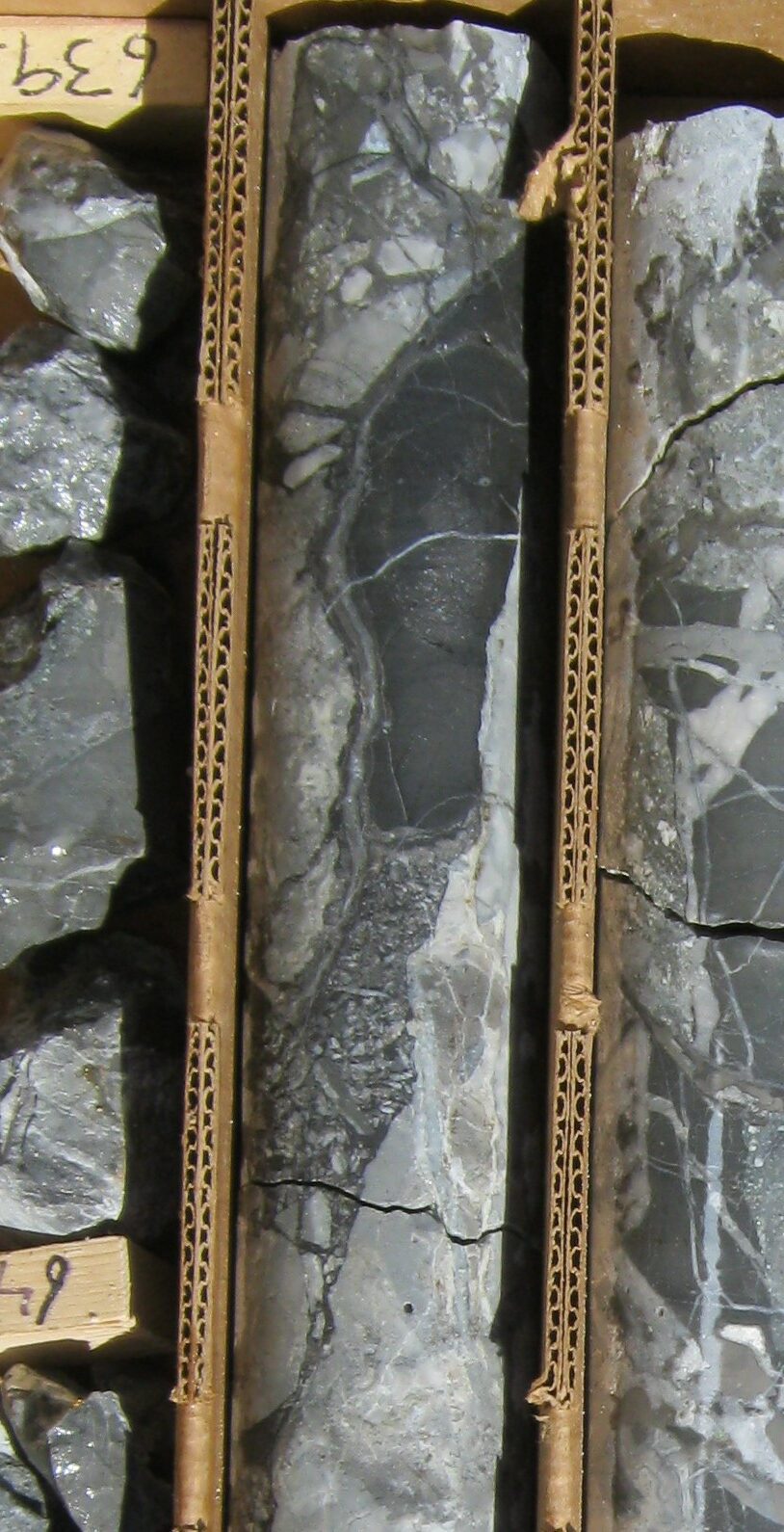Cahuilla
Cahuilla “Company’s Main Asset” – is located in mining friendly Imperial County, California. Mine Development Associates completed a NI 43-101 resource report; reporting an indicated resource of 1.261 Million ounces of gold and 14.37 Million ounces of silver. There was also an additional inferred resource is reported of 184,800 ounces of gold and 1,638,800 ounces of silver. The Amended Report was filed on Sedar on March 18, 2021.

About this Project
- Teras owns or controls approximately 1800 acres of prospective land and the resource only occupies 143 acres leaving over 90% of the project available for growth (many historic drill holes that cover the remaining project area host strongly anomalous precious metal mineralization).
- New Gold’s Mesquite Mine is in full operation in the same county as Cahuilla approximately 50 miles to the southeast.
- Cahuilla is in an ideal location for mining year-round with excellent infrastructure including improved roads throughout the project, high voltage power lines directly adjacent to the project and an ample water supply.
- Cahuilla encompasses a series of high grade veins running the length of the project in which returned intercepts of up to 135 g/t gold and 1040 g/t silver.
- Teras completed detailed geophysical surveys in February 2013 and technical analysis of the results demonstrates significant anomalies below the resource and we feel this could represent the potential feeder system.
- Cahuilla received permits in November 2015 to drill 2000 new holes.
- Discovery of higher gold/silver grades in sub-vertical sheeted veins from angled diamond drill program in June 2014.
- Geophysics and detailed geologic investigations have defined multiple high grade shallower sheeted vein and deeper feeder vein targets throughout the project area.
- The existing NI 43-101 resource has restricted the higher-grade gold/silver values due to the lack of continuity resulting from predominantly vertical reverse circulation drilling.
- Only a small percentage of this extensive epithermal system has been properly tested by angled core drilling.
- Mineralization continues to significantly expand in all directions along strike and at depth; new extensive targets in the southwest and northeast project areas remain to be drill tested.




Historically

Gold has been produced from several mines located in the vicinity of Cahuilla beginning in 1897. Prospecting and mining activities are believed to have originated in the Cahuilla project area as early as 1912. These consist of five small prospect pits that were constructed in the project area; however no significant quantities of gold were produced from these workings. From the late 1980’s through 2010, an estimated $6 million had been spent on gold exploration in the Cahuilla area, with work performed by companies including Homestake, Newmont and Kennecott. A total of 112,168 feet of drilling in 214 RC and core holes have been completed on the Cahuilla property in four historic drill campaigns.
In 1990, the Torres Martinez Desert Cahuilla Indians obtained federal funding through the Bureau of Indian Affairs to undertake a gold mineral assessment. In 1991 and 1992, a total of 57 holes were drilled on Tribal lands, which resulted in a major gold discovery.
Drill hole TM-28, the discovery hole, intersected 240 feet of 0.112 ounce per ton gold from 85 to 325 feet (73.2m @ 3.84 g/t), including 45 feet of 0.359 ounces per ton gold from 160 to 205 feet (13.7m @ 12.30 g/t) and 15 feet of 0.315 ounces per ton gold from 230 to 245 feet (4.6m @ 10.79 g/t). In 1994 the Torres Martinez Tribe offered the property.
Geology
- Mineralization hosted in clastic sediments, fanglomerates and quartz monzonite
- Mineralization styles include multiple higher-grade, sheeted/banded veins within an extensive envelop of tabular disseminated gold-silver mineralization
- Paleo-geothermal or Low Sulfidation Epithermal Multi-Phase Precious Metal System
- Multiple shallow and deep high grade feeder and sheeted vein targets delineated
- Both underground high grade and large open pit development potential
The Cahuilla Project is an epithermal, sediment-hosted, hot springs vein, stockwork and disseminated gold-silver system hosted along a major east-west striking structural zone. The majority of the deposit is hosted on the Torres Martinez Indian Reservation.
The Cahuilla project is localized along the western edge of the Salton Trough, which is characterized by active crustal extension and spreading center within the San AndresSan Jacinto fault system. The Modoc Fault, the most important geologic feature at Cahuilla, represents an antithetic, pull-a-part, fault zone within the regional San AndresSan Jacinto strike-slip structural zone. A Jurassic quartz monzonite stock comprises the footwall block to the Modoc Fault zone which strikes generally east-west to north 70⁰ east, dipping to the south in the project area. The hanging wall is composed of the Quaternary Palm Springs Formation, a succession of fine- to coarse-grained, rhyoliticclastic sediments, and siliceous sinter and fanglomerates adjacent to the Modoc Fault zone.
Along the Modoc Fault zone, both the quartz monzonite and Palms Springs Formation host ore-grade mineralization. A recent 25-foot (7.6m) channel sample across the brecciated and banded vein exposed at the surface returned 29.1 g/t Au and 304.1 g/t Ag and selective sampling of a portion of the vein hosting copper mineralization assayed 193.5 g/t Au and 383.9 g/t Ag. In 1988, Homestake collected an 80-foot sample (24.4m) that assayed 10.6 g/t discovering the High Grade Hill vein mineralization along the Modoc Fault zone. Although the east-west trending Modoc Fault zones controls and hosts the majority of the high-grade veins and stockwork, mapping, sampling and drill hole intercepts indicate gold-silver mineralization is also hosted along north-south trending sub-vertical, poorly exposed faults. An extensive, disseminated lower-grade halo surrounds the higher-grade gold veins. Mineralization is known to extend over two miles along the strike of the Modoc Fault and more than one-half mile in width extending south under pediment cover and is open in all directions.
Two dominant styles of gold mineralization are recognized at Cahuilla and include:
1) Structurally-controlled, bonanza-grade, crustiform banded, sheeted and brecciated, gold-silver veins and stockwork zones cutting disseminated gold mineralized sediments; gold occurs as high-silver electrum and native gold.
2) Flat, tabular, extensive disseminated mineralization hosted in the Palm Springs sediments. Intense, widespread silicification commonly accompanies precious metal mineralization. Argillization occurs along the Modoc fault zone, which resulted from both vapor phase paleo-hot springs activity and younger supergene alteration of unsilicified material. Alteration consists of intense silicification replacing the Palm Springs sediments and weak to intense argillization adjacent to the veins and upper fanglomerates along the Modoc Fault zone.


Sign Up For Our Email Newsletter









